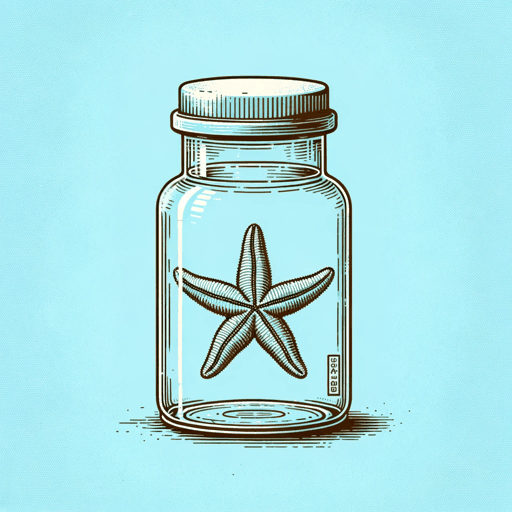60 pages • 2 hours read
John SteinbeckCannery Row
Fiction | Novel | Adult | Published in 1945A modern alternative to SparkNotes and CliffsNotes, SuperSummary offers high-quality Study Guides with detailed chapter summaries and analysis of major themes, characters, and more.
Important Quotes
“Cannery Row in Monterey in California is a poem, a stink, a grating noise, a quality of light, a tone, a habit, a nostalgia, a dream. Cannery Row is the gathered and scattered, tin and iron and rust and splintered wood, chipped pavement and weedy lots and junk heaps, sardine canneries of corrugated iron, honky tonks, restaurants and whore houses, and little crowded groceries, and laboratories and flophouses.”
(Prologue, Page 5)
These are the novel’s opening lines. From the beginning of the Prologue, Steinbeck strongly depicts a Sense of Place. This passage provides a preview of the locations featured throughout the novel, such as Lee’s grocery store.
“In the pipes and under the cypress tree there had been no room for furniture and the little niceties which are not only the diagnoses but the boundaries of our civilization.”
(Chapter 1, Page 15)
This passage describes the locations where Mack and his friends lived before Lee allowed them to rent the building that became known as the Palace Flophouse. Being unhoused meant that they didn’t buy furniture. In other words, they didn’t participate in consumer culture, which the novel critiques via one of its main themes: Questioning the Nature of Success.
“The Word is a symbol and a delight which sucks up men and scenes, trees, plants, factories, and Pekinese. Then the Thing becomes the Word and back to Thing again, but warped and woven into a fantastic pattern. The Word sucks up Cannery Row, digests it and spews it out, and the Row has taken the shimmer of the green world and the sky-reflecting seas.”
(Chapter 2, Page 17)
Here, the Sense of Place theme melds with a discussion about the craft of writing. Steinbeck draws on structuralist theory, which explores how words (combinations of letters) represent the things (objects, people, etc.) that they describe.
Related Titles
By John Steinbeck
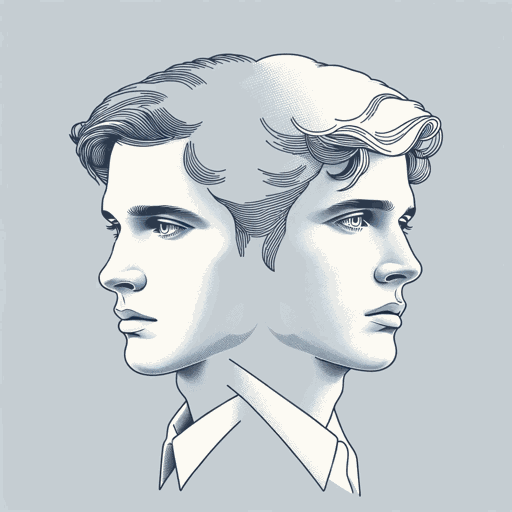
East of Eden
John Steinbeck

Flight
John Steinbeck

In Dubious Battle
John Steinbeck
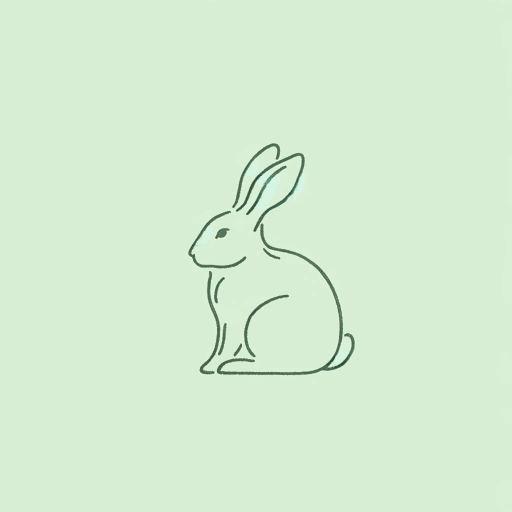
Of Mice and Men
John Steinbeck

Sweet Thursday
John Steinbeck

The Acts of King Arthur and His Noble Knights
John Steinbeck
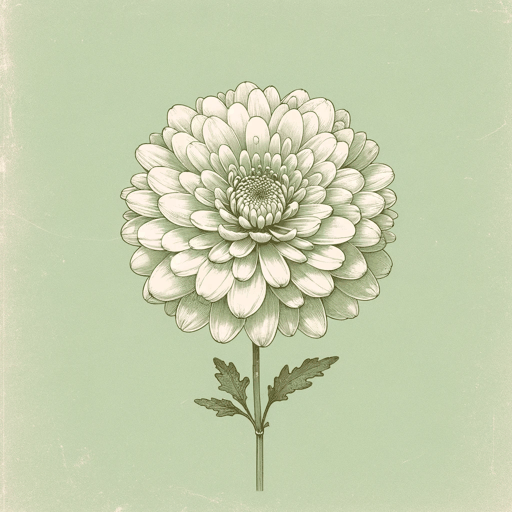
The Chrysanthemums
John Steinbeck
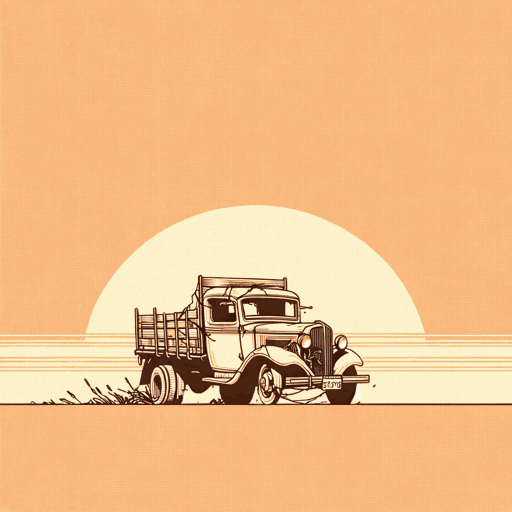
The Grapes of Wrath
John Steinbeck
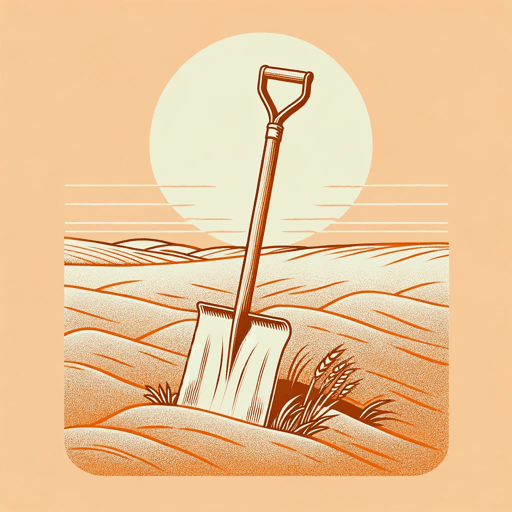
The Harvest Gypsies: On the Road to the Grapes of Wrath
John Steinbeck

The Log From The Sea of Cortez
John Steinbeck

The Long Valley
John Steinbeck
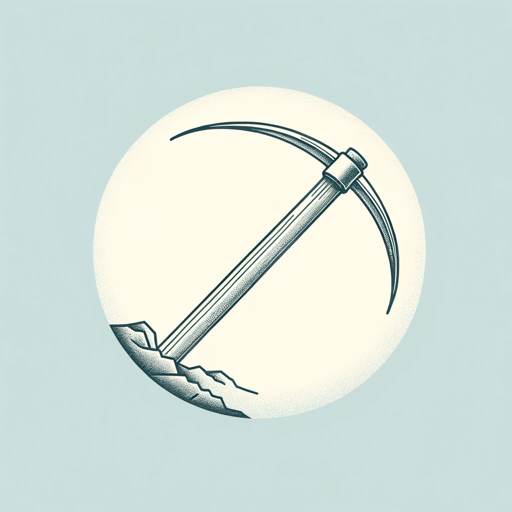
The Moon Is Down
John Steinbeck
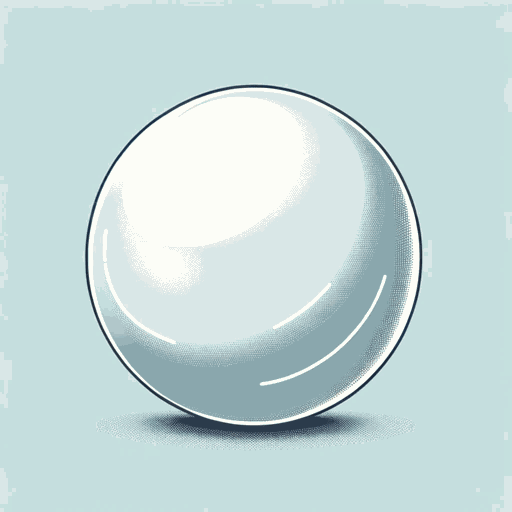
The Pearl
John Steinbeck
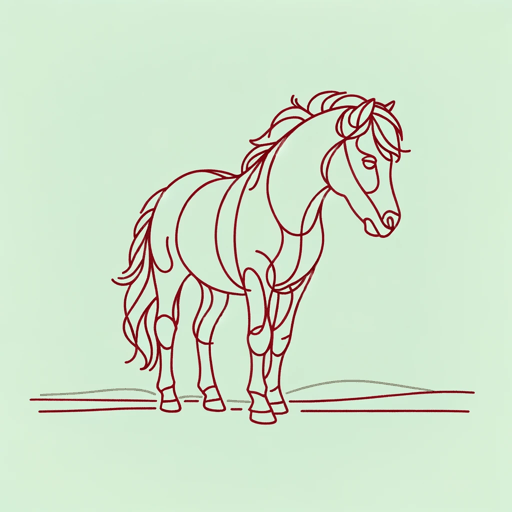
The Red Pony
John Steinbeck
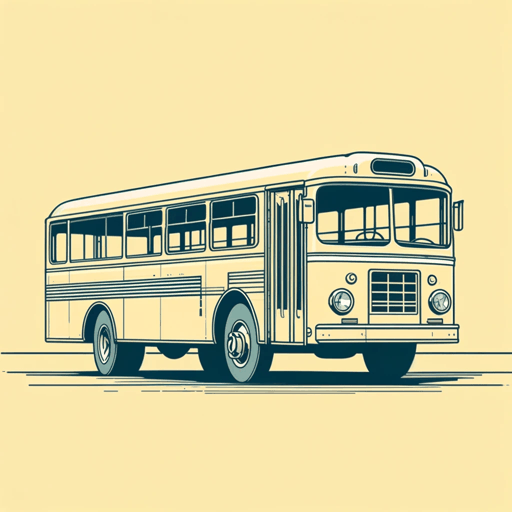
The Wayward Bus
John Steinbeck
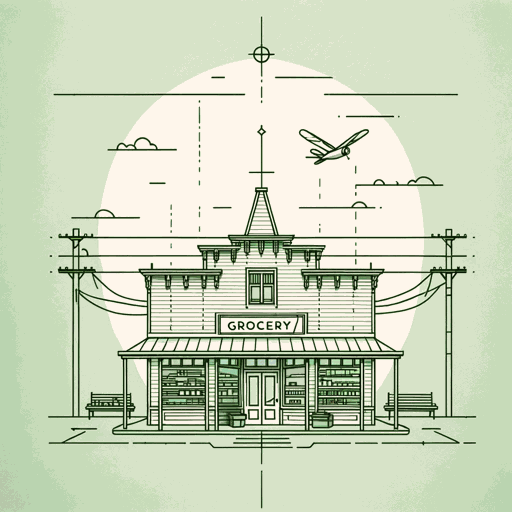
The Winter Of Our Discontent
John Steinbeck

To a God Unknown
John Steinbeck

Tortilla Flat
John Steinbeck
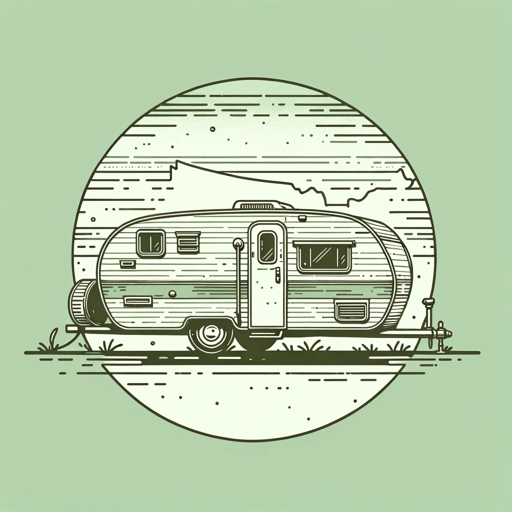
Travels With Charley
John Steinbeck
Featured Collections
Animals in Literature
View Collection
Anthropology
View Collection
Beauty
View Collection
Books About Art
View Collection
Community
View Collection
Earth Day
View Collection
Friendship
View Collection
Good & Evil
View Collection
Historical Fiction
View Collection
Nobel Laureates in Literature
View Collection
Philosophy, Logic, & Ethics
View Collection
Poverty & Homelessness
View Collection
Required Reading Lists
View Collection
Science & Nature
View Collection
Truth & Lies
View Collection
